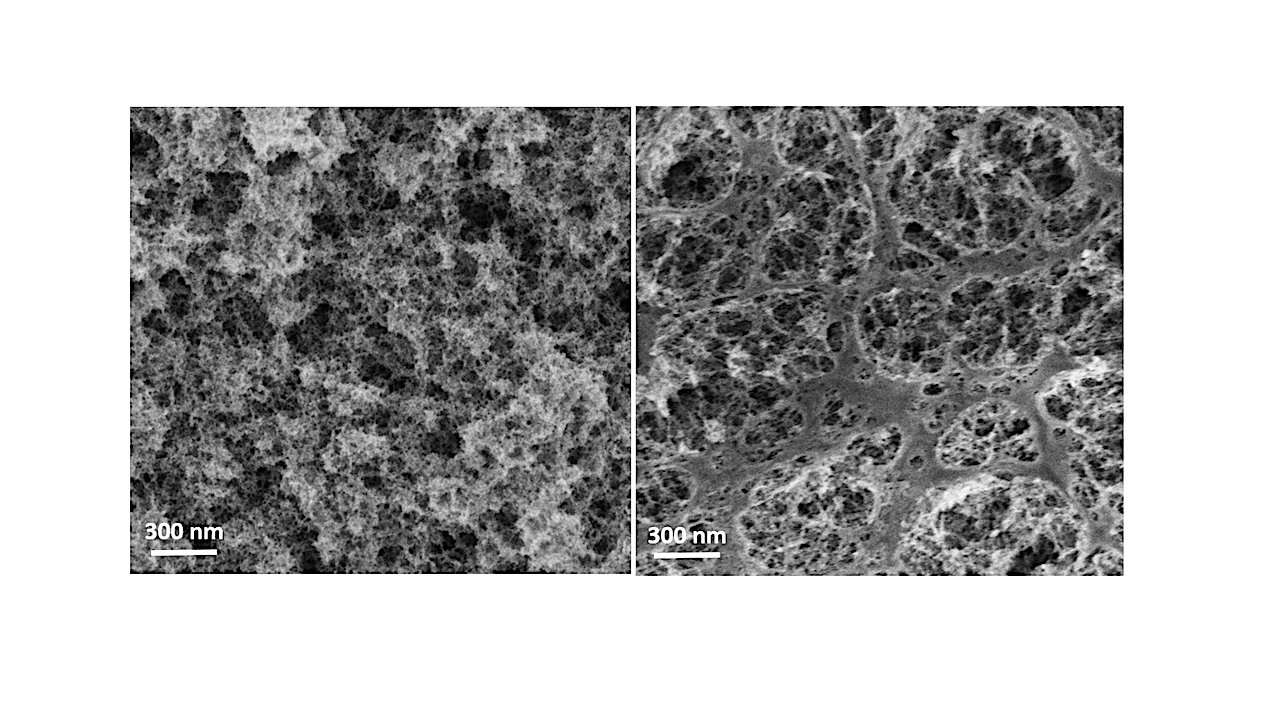Interstellar Carbonaceous Dust Erosion Induced By X-ray Irradiation Of Water Ice In Star-forming Regions

The chemical inventory of protoplanetary midplanes is the basis for forming planetesimals. Among them, solid-state reactions based on CO/CO2 toward molecular complexity on interstellar dust grains have been studied in theoretical and laboratory work.
In this work, the erosion of C dust grains induced by X-ray irradiation of H2O ice was systematically investigated for the first time. The work aims to provide a better understanding of the reaction mechanism using selectively isotope-labeled oxygen/carbon species in kinetic analysis.
Ultrahigh vacuum experiments were performed to study the interstellar ice analog on sub-μm thick C dust at ∼13~K. H2O or O2 ice was deposited on the pre-synthesized amorphous C dust and exposed to soft X-ray photons (250–1250~eV). Fourier-transform infrared spectroscopy was used to monitor in situ the newly formed species as a function of the incident photon fluence. Field emission scanning electron microscopy was used to monitor the morphological changes of (non-)eroded carbon samples. T
he X-ray processing of the ice/dust interface leads to the formation of CO2, which further dissociates and forms CO. Carbonyl groups are formed by oxygen addition to grain surfaces and are confirmed as intermediate species in the formation process. The yields of CO and CO2 were found to be dependent on the thickness of the carbon layer. The astronomical relevance of the experimental findings is discussed.
K.-J. Chuang, C. Jaeger, N.-E. Sie, C.-H. Huang, C.-Y. Lee, Y.-Y. Hsu, Th. Henning, Y.-J. Chen
Comments: 12 pages, 9 figures, 1 table
Subjects: Solar and Stellar Astrophysics (astro-ph.SR); Earth and Planetary Astrophysics (astro-ph.EP); Astrophysics of Galaxies (astro-ph.GA); Instrumentation and Methods for Astrophysics (astro-ph.IM)
Cite as: arXiv:2310.19497 [astro-ph.SR] (or arXiv:2310.19497v1 [astro-ph.SR] for this version)
https://doi.org/10.48550/arXiv.2310.19497
Focus to learn more
Journal reference: ApJ 956 57 (2023)
Related DOI:
https://doi.org/10.3847/1538-4357/acf31e
Focus to learn more
Submission history
From: Ko-Ju Chuang
[v1] Mon, 30 Oct 2023 12:39:52 UTC (2,005 KB)
https://arxiv.org/abs/2310.19497
Astrobiology








